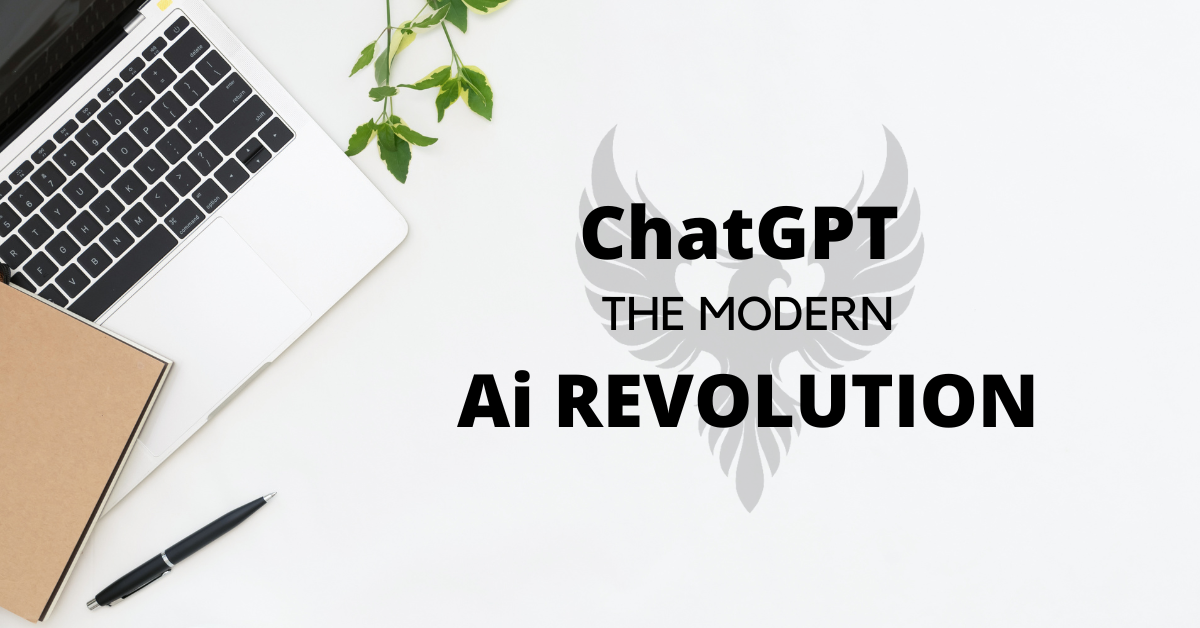The large-scale language model Chat GPT was developed by OpenAI. It is one of the most powerful natural language processing models available today. Chat GPT is a neural network-based language model that is capable of generating coherent and natural-sounding text. The model is trained on a massive dataset of text from the internet, books, and other sources.
Chat GPT uses a technique called unsupervised learning to learn patterns and relationships in the data it is trained on. This means that the model is not given any specific instructions or labeled data during training. Instead, it learns to make predictions about the next word in a sequence of text based on the patterns it has learned from the data.
One of the unique features of Chat GPT is its ability to generate text that is similar in style and tone to the input text it is given. This means that the model can be used for a variety of applications, including generating content for websites, chatbots, and virtual assistants.
Chat GPT is a successor to the original GPT (Generative Pre-trained Transformer) model, which was released by OpenAI in 2018. The original GPT model had 117 million parameters, while Chat GPT has significantly more parameters, with the latest version (GPT-3) having 175 billion parameters. This massive increase in the number of parameters has led to a significant improvement in the model’s performance.
One of the key benefits of Chat GPT is that it can be fine-tuned for specific tasks. This means that the model can be trained on a smaller dataset of text that is specific to a particular domain or application. For example, a company could fine-tune Chat GPT on customer support conversations to create a chatbot that can handle customer queries.

There are many functions for Chat GPT, including:
Content creation: Chat GPT can be used to generate content for websites, social media, and other digital platforms. The model can generate articles, product descriptions, and even entire stories that are similar in style and tone to the input text.
Virtual assistants: Chat GPT can be used to create virtual assistants that can handle customer queries and perform basic tasks such as scheduling appointments or making reservations.
Language translation: Chat GPT can be used for language translation by fine-tuning the model on a large dataset of text in multiple languages. The model can then be used to translate text from one language to another.
Chatbots: Chat GPT can be used to create chatbots that can handle customer queries and provide personalized responses. Chatbots can be used in a wide range of applications, including customer support, sales, and marketing.
Despite its many benefits, Chat GPT also has some limitations. One of the main limitations is that the model is not always able to produce coherent and meaningful responses. This can be due to the model’s lack of understanding of the context or its tendency to generate repetitive or nonsensical responses.
Another limitation is that the model requires a significant amount of computing resources to run. This means that it may not be practical for small companies or individuals to use the model for their applications.
Conclusion
Chat GPT is a powerful natural language processing model that has a wide range of applications. The model’s ability to generate coherent and natural-sounding text makes it ideal for content creation, virtual assistants, language translation, and chatbots. However, the model also has some limitations, including its tendency to produce nonsensical responses and its requirement for significant computing resources. Despite these limitations, Chat GPT is a valuable tool for anyone looking to work with natural language processing and generate high-quality text.
Comment below and do let me know your thoughts about this.
